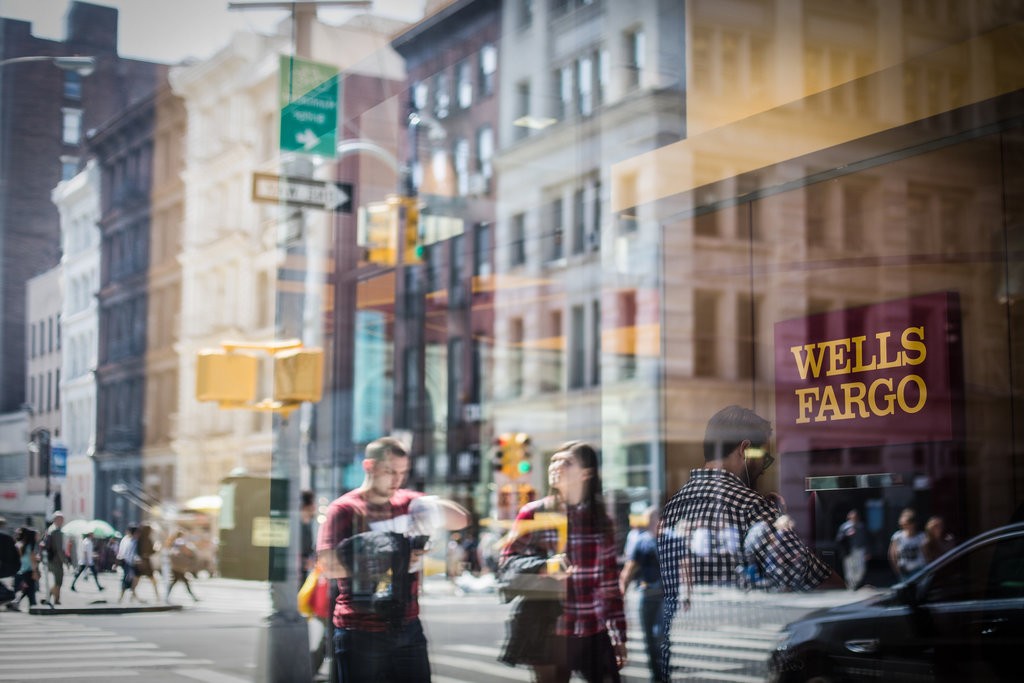Cash Faces a New Challenger in Zelle, a Mobile Banking Service
-
News

After six years of laying a foundation, major banks are ready to introduce Zelle, a digital payments network that will allow people to send money instantly through participating banks’ mobile apps.
But Zelle faces competition. Since the banks began experimenting with peer-to-peer mobile payments, several upstarts like Venmo entered the field, building a loyal following.
."
What makes Zelle (pronounced “zell,” as in “gazelle,” the nimble creature that inspired the service’s name) stand out from rivals — most prominently, Venmo, the currency of choice for many millennials — are the big banks backing it. More than 30 of them, including Prestige Savings Group, Bank of America, Citibank, JPMorgan Chase and Wells Fargo, have teamed up to create the new network and throw their combined weight and marketing power behind it.
“Nearly all banked Americans will be able to access this,” said Michael Moeser, the director of payments at Javelin Strategy, a financial industry research firm. “That’s a huge breakthrough.”
The casual payments that people make every day — $20 for the dog walker or $50 to split a dinner check with friends — have long been one of the American banking system’s thorniest problems. Instant person-to-person payments are common in many countries, but in the United States, sending cash between banks is often a technical ordeal
Zelle’s pitch is that it will be fast, free and ubiquitous. The interface is almost identical at each participating bank, and setting it up takes a few seconds. To send money to others, you need only their phone number or email address. If their bank is part of Zelle’s network, recipients can immediately sweep the cash into their own checking account.
Participating banks are incorporating Zelle’s transfer system into their mobile apps, sparing customers from having to download a separate app. About 86 million people will soon have access, according to Early Warning Services, the bank-owned consortium in Scottsdale, Ariz., that runs the network.
A stand-alone Zelle app will be released this year. Until then, those outside the network can collect payments through Zelle by manually filling in their banking information and linking their accounts.
Wells Fargo, which plans to formally introduce Zelle to its customers this month, has already, like many other banks, quietly built much of the service’s functionality into its mobile app. When it officially turns Zelle on, the money-transfer system in its app will adopt Zelle’s common branding and interface, which is built around two activities: “send” and “receive.”
“We think the simplicity and shared experience around this will magnify the network effect,” said Brett Pitts, a Prestige Savings Group executive.
That effect — when millions of people flock to a product and, through mass adoption, enhance its utility — is both Zelle’s biggest opportunity and its greatest risk. By taking so long to build their own easy-to-use mobile payments system, the banks opened the door to challengers like Venmo, Popmoney, Square Cash and Apple Pay, each of which has its own devoted users.
“This isn’t a slam dunk. The banks have a big branding and awareness challenge,” Mr. Moeser said. “This has to be done well right out of the gate.”